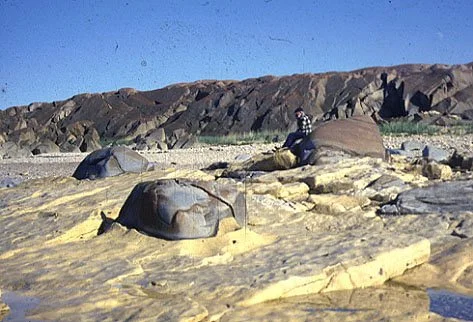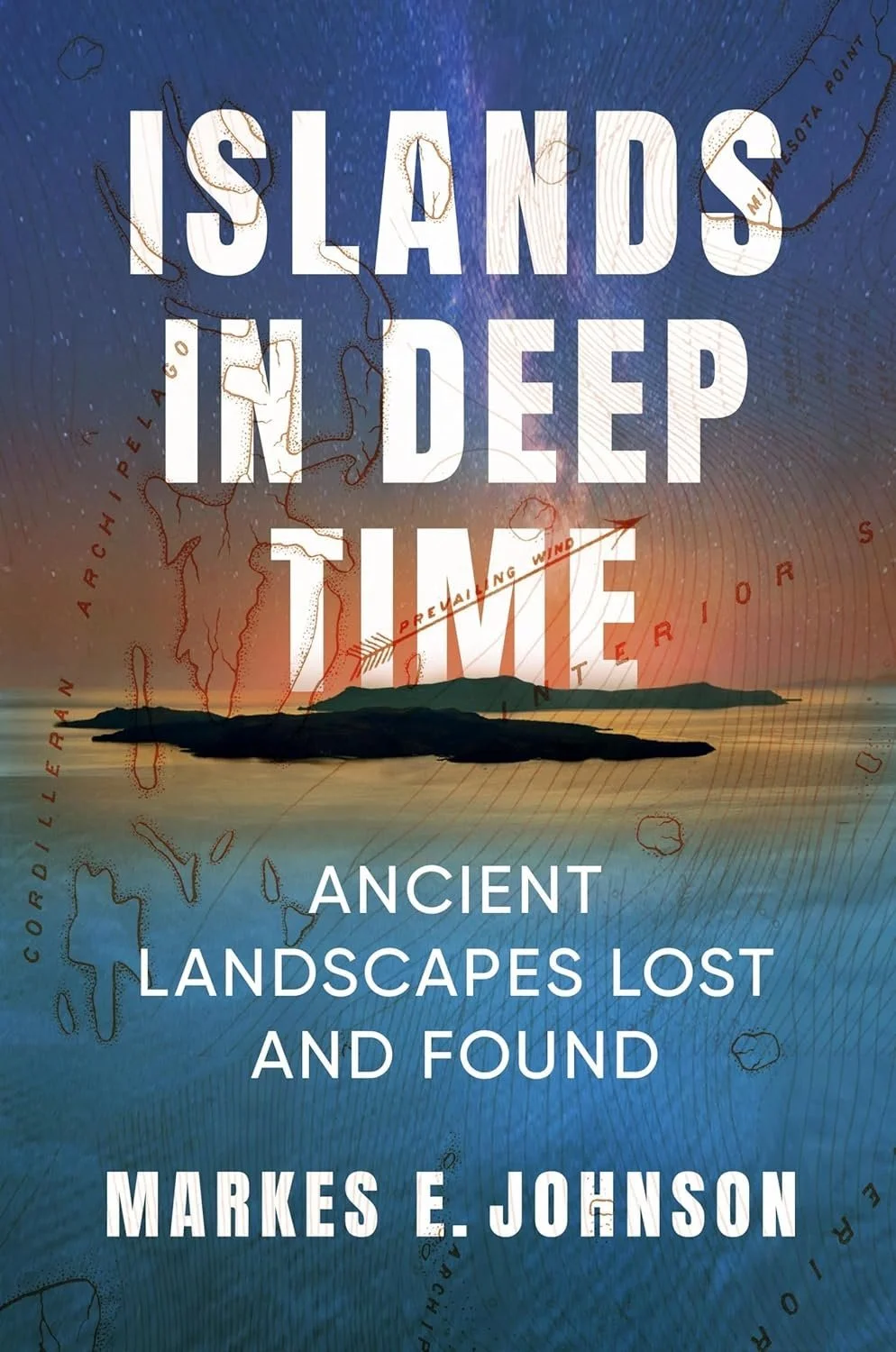Markes E Johnson writes:
Paleoislands are fossil islands that reflect physical and biological conditions pertaining to ecosystems that functioned during the geologic past as microcosms largely isolated from the greater worlds around them. They are time capsules that allow the visitor to experience conditions as they were at different stages in the evolution of Plant Earth. … Former shorelines, particularly those that may be traced around ancient islands, are not such a rare curiosity as might be expected. Anyone who can learn to read a geologic map and understand the pattern of older rocks encircled by younger marine strata may set out to locate and explore paleoislands on their own account.“
Johnson covers a dozen examples, which he refers to using the geological term, monadnock(that is, an isolated rocky hill, ridge or small mountain, rising abruptly from a gently sloping or virtually level surrounding plain), which is named after the first of his examples, Mount Monadnock, in New Hampshire.
He is able to view and describe these from multiple perspectives. In so doing, he reconstructs how “palaeoislands” appeared under different climatic conditions (for example, hurricanes) and environmental constraints (as displayed by the palaeoflora and fauna of the former beach and shallow seas, now found as fossils). He thereby provides his readers effectively with a travelogue through deep time to explain the geological traces of ancient islands. And he shows how anyone with an interest in geology can begin to construct the former existence of an island.
~ Jon Trevelyan

